Moreover, they have something in common. Both had sex with the charismatic bisexual Nicholas Ray on the day they met him. Lambert’s encounter was in London and he followed Ray to Los Angeles as his assistant. Shortly after his arrival he encountered Natalie Wood, who earlier that same year had lost her virginity at the age of sixteen to Ray while he was testing her for Rebel Without a Cause, a film that would change the course of her career. Lambert became one of her many gay friends, and a decade later, in 1965, she appeared in a film version of Lambert’s novel Inside Daisy Clover as the eponymous troubled movie star.
Wood’s mother Maria was a manipulative monster, even worse than the stage mother Rosalind Russell played to Wood’s Gypsy Rose Lee in Gypsy. A romantic fantasist obsessed with her lost Russian heritage, she had a brief marriage to an army officer in China (which produced a daughter), before crossing the Pacific to San Francisco. There she contracted a hypergamous relationship with a Russian émigré from a more humble background, a dockworker who also felt cut off from his roots and was violent when drunk. “What did your father die of?” someone was later to ask Natalie. “My mother”, she replied. Natalie was born four months after the marriage, and though she was never to know it, her real father was almost certainly a brutish Russian-born captain in the American merchant navy with whom Maria conducted a lifelong affair. The mother was determined to turn one of her three daughters into a star, and in 1943 she ordered the five-year-old Natalie to go and sit on the knee of Irving Pichel, who was directing a movie in Santa Rosa, the little town north of San Francisco where they lived. She and her older sister Olga got walk-on roles in crowd scenes, and immediately Maria shifted the family down to Los Angeles and began grooming Natalie for the screen.
After an impressive debut as Orson Welles’s ward in the 1945 weepie, Tomorrow Is Forever (Welles recalled “something very sad and lonely about this compelling child”), she became an established child performer and the family’s meal ticket. She played orphans, brat sisters, plucky victims of divorce; her characteristic role, Lambert observes, was “an emotionally displaced child whose problems are resolved by understanding adults (thanks, of course, to the understanding filmmakers who contrive a happy ending)”. Over the next few years her film mothers were Gene Tierney, Margaret Sullivan, Joan Blondell, Maureen O’Hara and Bette Davis, her screen fathers James Stewart, Bing Crosby, Walter Brennan and Fred McMurray. In the greatest film of her early days she was unhappily cast as John Wayne’s niece in John Ford’s The Searchers.
Maria pushed and pushed, became the keeper of her daughter’s fan mail, and, using Natalie as a lever, got her husband a job as a carpenter at 20th-Century Fox. One day he came onto the set of a film she was appearing in, and (in something resembling a scene from a Joan Crawford tearjerker) she called out “Daddy”. Everyone was shocked, and Maria told her she must never again acknowledge her father’s presence at the studio.
Natalie grew up in Hollywood at a time when the big studio system was reluctantly giving way to independent production. She found herself under contract to Warner Brothers, whose penny-pinching production boss, Jack Warner, supervised her career, making ten times her weekly contract payment by hiring her out to other studios. The House Un-American Activities Committee stalked the movie colony and everyone was in thrall to the suffocating conformity of the Eisenhower era. In this enclosed world Natalie had to play the game, kow-towing to the vindictive gossip columnists Loella Parsons and Hedda Hopper. She also had to cope with the near-insanity of Maria, whose account of a Russian Gypsy’s curse induced a lifelong terror of “dark waters” in her daughter. Anticipating the horror movies of Wes Craven by some forty years, Maria told Natalie of a figure called “Jack the Jabber” who stabbed errant girls through the backs of cinema seats. She didn’t, however, offer information about menstruation, and Natalie never recovered from the shock of her first period.
Unlike most child stars, Natalie made the transition to adult performer: she became a piercingly brown-eyed, black-haired beauty and an actor of feeling and subtlety. Rebel without a Cause was the turning point that preceded key roles in Elia Kazan’s Splendor in the Grass opposite Warren Beatty and Robert Mulligan’s Love with the Proper Stranger opposite Steve McQueen. Playing desperate victims of a repressive culture, she attained Hollywood star status, and was Oscar-nominated for all three performances. In between the last two there was West Side Story, which made her bankable. She worked under constant pressure from family, studio and filmmakers, and it would seem that sex became her principal act of rebellion, recreation and self-assertion. Lambert uses that curious old-fashioned term “highly sexed” to describe her, and suggests that her sex drive was part of the Russian heritage she readily embraced. But her conduct didn’t differ markedly from that of Sinatra, Beatty, McQueen and other male stars acclaimed for their arrogant concupiscence. They figure among several dozen famous lovers, including our own gently retiring Tom Courtenay, who happened to be in Hollywood making King Rat in 1965. Like Princess Diana, Natalie had an inner circle, which she called her “nucleus” (the equivalent of Diana’s “rocks”), a larger group she called her friends, and within it a special section known as “friends you occasionally sleep with”.
This permissiveness was subject to limits. When her second husband, the British talent agent Richard Gregson, father of the first of her three children, was revealed as having had a fling with her secretary, Natalie called the police, who escorted him off her Beverly Hills mansion with his bags and baggage. She herself expected to be forgiven for her transgressions and flirtations during her first and third marriages to the same man, the charming Robert Wagner, who had broken away from his upper-middle-class background to become a movie actor. It was a turbulent relationship the second time around, their reputations shifting month by month through the successes and failures of their work in television, and not helped by alcohol and Natalie’s increasing reliance on prescription drugs to calm her nerves and prepare her for social occasions.
Neither had any serious professional training, and their shared insecurity appears to have been played on by the brilliant, demonic Christopher Walken, who starred with Natalie in the misconceived science-fiction melodrama Brainstorm in 1981, and was probably her lover. He seems, quite legitimately from his position as a committed New York stage actor, to have challenged them to address their professional careers with greater seriousness. During a holiday break from shooting, Walken joined the Wagners on their yacht. They cruised to the holiday island of Catalina; immoderate amounts of booze were consumed and dangerous words exchanged. The next day the ship’s motorized dinghy was retrieved along the coast and Natalie’s body (filled with alcohol and prescription drugs) was fished out of the sea. The coroner recorded a verdict of accidental death: she had slipped on a greasy strip of teak while preventing the banging of the dinghy that was keeping her awake. As far as Tinseltown history is concerned, the jury is still out.
The yacht was named Splendor after the movie that was Natalie’s greatest triumph, and the dinghy was called Valiant, an ironic reference to the Arthurian comic-strip epic Prince Valiant which made Wagner a star in 1954. The celebrated golden couple were mocked and patronized in much the same way that the Beckhams are today, and glib judgements are unfair in both cases. Lambert rightly claims that Natalie was on the point of regaining control of her own career at the time of her death. She had always wanted to play Blanche Du Bois in A Streetcar Named Desire, and regularly interrogated Lambert about Vivien Leigh, whom he had come to know as a result of writing the screenplay for The Roman Spring of Mrs Stone. Natalie had performed creditably with Robert Wagner in a television version of Tennessee Williams’s Cat on a Hot Tin Roof, the weakest element of which was Laurence Olivier’s Big Daddy. Natalie had acquired the rights to Nancy Milford’s biography of Zelda Fitzgerald, and was preparing to make her stage debut (at the age of forty-three) in Anastasia with Wendy Hiller. This all suggests sanity and ambition. But she seems also to have seen her life as a split screen; towards the end, she took to leaving different messages on her agent’s phone as, variously, “Natalie”, “Natalie Wood” and “Mrs Wagner”. Perhaps this was a joke, for she had become a mistress of irony.
Living in Hollywood all her life, Natalie must have become aware that most childhood stars would, sooner or later, sink into painful obscurity. Robert and Natalie entertained to dinner an elderly, drunken Bette Davis. Talking of her performance in The Star, Davis said: “But of course, you’re too young to remember it”. “Bette,” Natalie replied, “I played your daughter in that picture.” Davis went on unheeded.
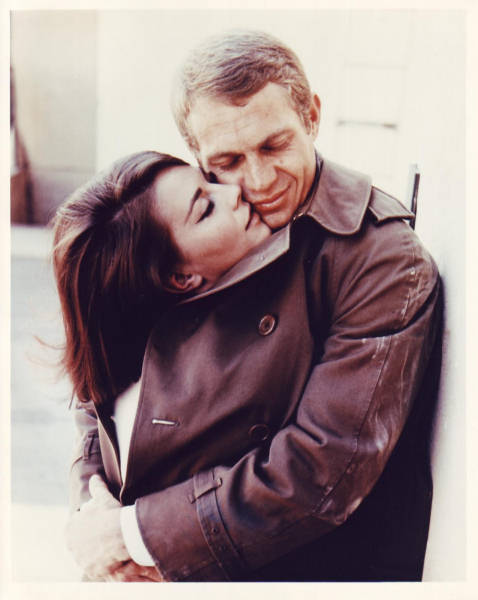


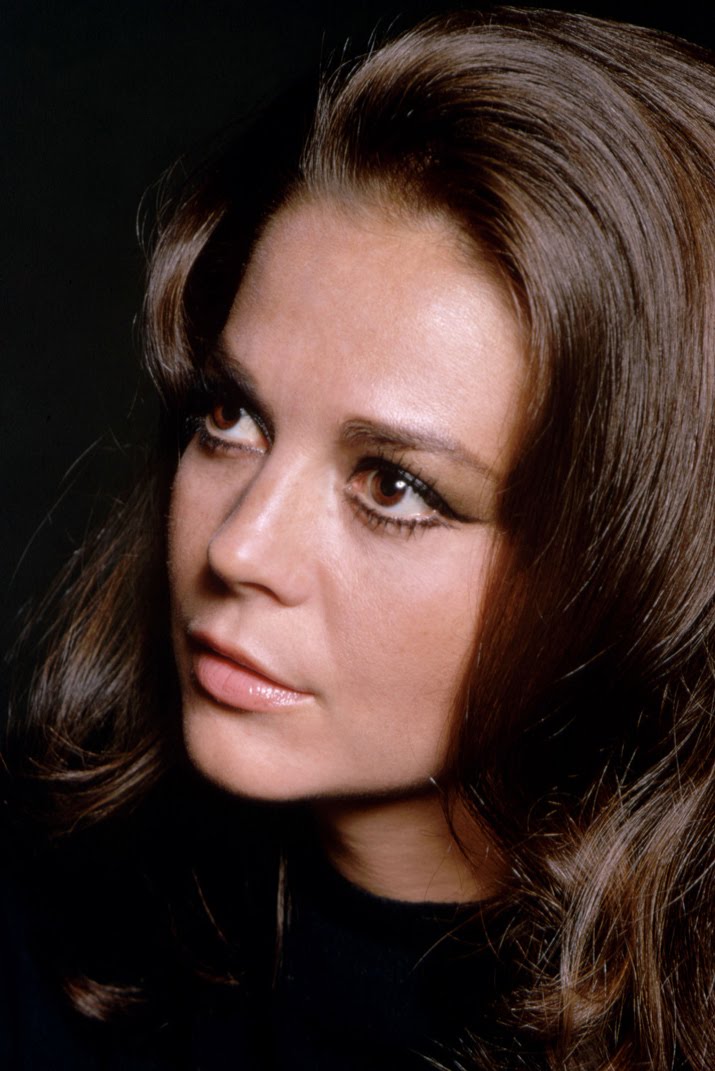


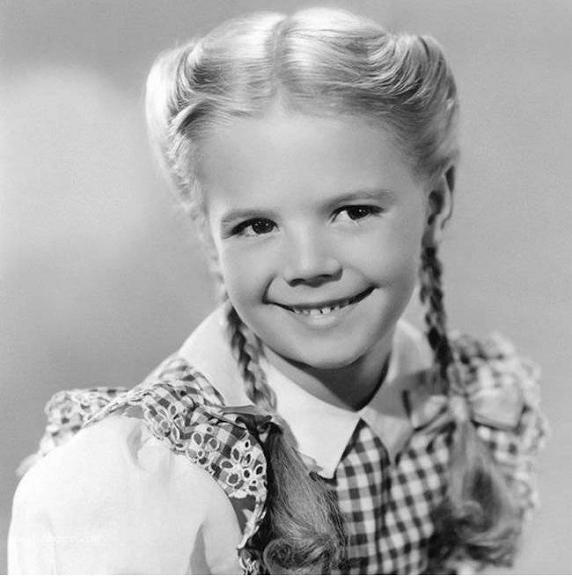





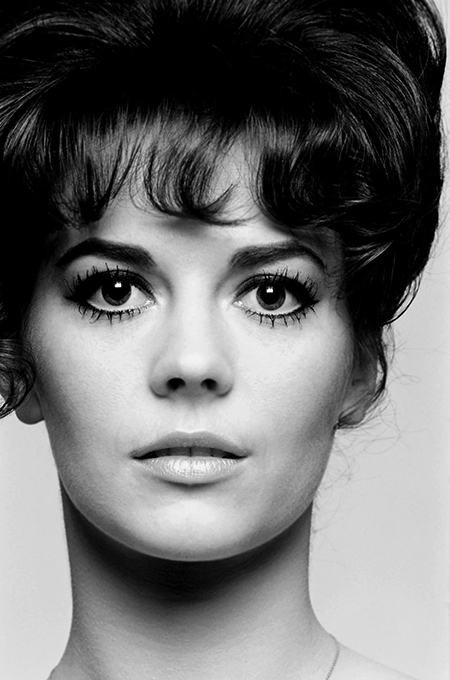

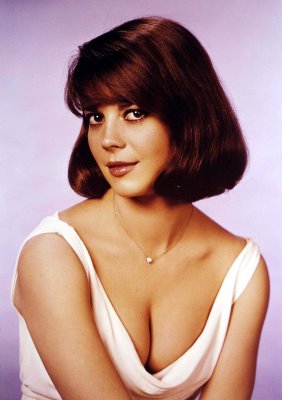

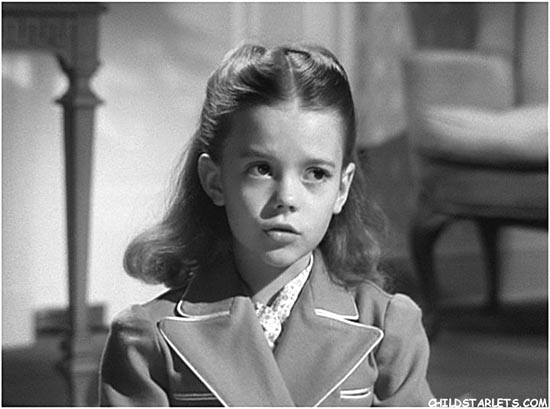

Pictures of Natalie Wood
The death of Natalie Wood had a predictably sordid aftermath in legal actions, family squabbles and old acquaintances spilling dubious beans to ensure their moment of fame and a few tarnished dollars. This Gavin Lambert scrupulously records. But he also takes away the sour taste in our mouths and the guilty feeling that we may have been engaged in a prurient exercise. His sensitive, sympathetic book ends with a coda that reviews Wood’s movies and the development of her career over a period of thirty years. It guarantees her position in movie history.
No comments:
Post a Comment